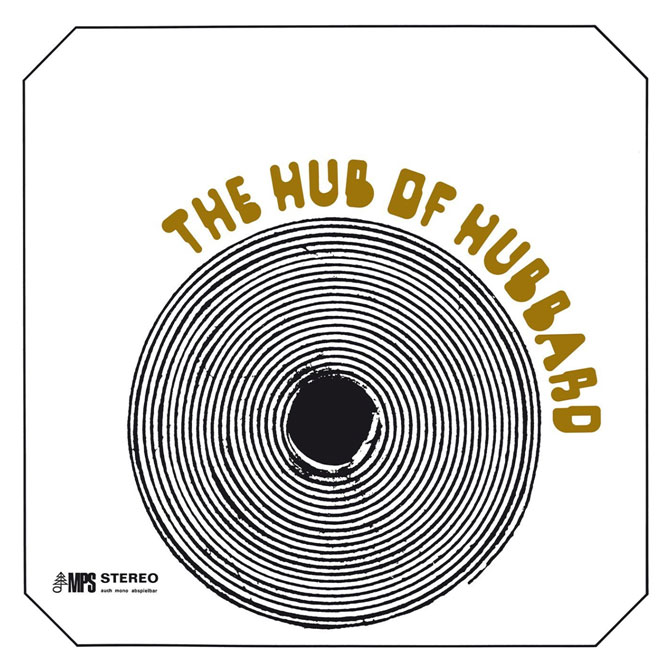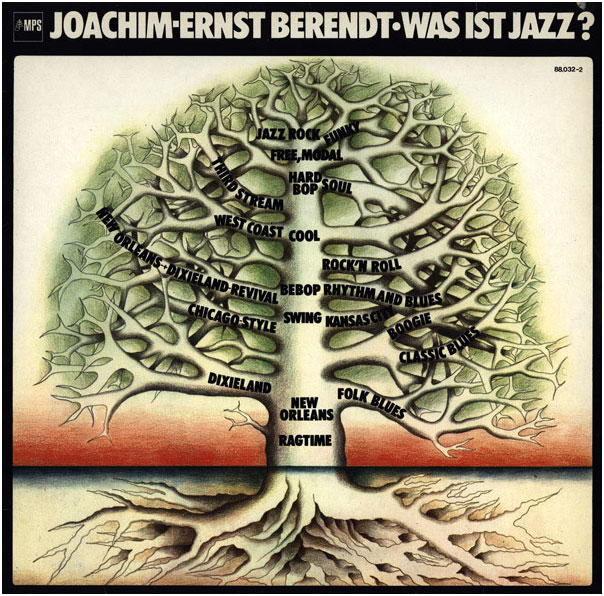MPS Catalog No. : 0210991MSW (reissue of MPS 15267)
EAN : 4029759109914
180 gram analog re-mastering from the original tapes.
Recorded December 9, 1969 at MPS Studios, Villingen Germany.
“Without a Song” (Youmans) – 12:50
“Just One of Those Things” (Porter) – 7:14
“Blues for Duane” (Freddie Hubbard) – 7:32
“The Things We Did Last Summer” (Styne) – 7:19
Freddie Hubbard – trumpet
Eddie Daniels – tenor saxophone
Roland Hanna – piano
Richard Davis – bass
Louis Hayes – drums
Joachim-Ernst Berendt -producer
Freddie Hubbard (April 7, 1938 to December 29, 2008) might be the most under-appreciated jazz trumpeter for audiophiles and casual listeners. His credits as a sideman include some of the greatest jazz releases of the era, including True Blue, Speak No Evil, Roll Call, The Blues and the Abstract Truth, Out to Lunch, Maiden Voyage, Dialogue, Free Jazz and Ascension. The title track to Maiden Voyage is a particular favorite of many, one of the finest ever recorded. Just from his contributions to other artists, he rates as one of the best. His career as a leader started in 1960 with Open Sesame, and his last release was 2008’s On The Real Side. See his Wikipedia entry for a more complete list of albums.
Stylistically, Hubbard is almost always hard-bop, even when he ventured into the abstract and absurd. Influenced heavily by Clifford Brown, who was influenced by Fats Navarro, both of whom died incredibly young, Hubbard grew stylistically, but never completely shed hard-bop. Yes, Hubbard was also influenced by Lee Morgan and others, but Hubbard’s tone, and his approach to ballads, reminds me more of Clifford Brown’s school. Hard-bop fit Freddie Hubbard like a custom suit. For others, like Miles, hard-bop was never a good fit because he lacked the power, high notes and prodigious technique, which is one of the reasons Miles created the “cool school” (it fit his limitations and personality). Miles’ solo style, like Hubbard’s, never changed radically over time (unlike Coltrane, for instance, whose solos changed dramatically over his career). To denigrate Hubbard for sticking with hard-bop would be as silly as criticizing Louis Armstrong and Duke Ellington for not having adopted bop, or any other style of jazz. It’s the same thing as learning a language. You have your native tongue, and everything after that is a new language.
The outstanding trait of producer Joachim-Ernst Berendt, unlike his American counterparts, was his willingness to allow musicians to follow their muse, to play however and whatever they preferred. Admittedly, it is good to sell records, so you cannot fault a label for trying to “produce” a hit, but the results were often forced and unnatural in the late ‘60s. With Joachim-Ernst Berendt, the results would be good music, whether or not it would be a hit. That he came along as American labels were getting out of jazz is actually a good thing. He made records that nobody would produce in the US at the time. Rock, funk, R&B and MOR were selling. Jazz wasn’t. What Berendt did for jazz in the ‘70s isn’t totally dissimilar from the work of Alfred Lion (who emigrated to the US from Germany). The cover to his jazz compilation (it is more of a music theory production than a ‘greatest hits’) Was Ist Jazz?, does a concise job of explaining the evolution of jazz.
That’s a very long way of saying that when this record was cut, in December of 1969, the world of jazz was falling apart, splintered and frayed, with sales tanking, artists dying off at an alarming rate, and labels folding. Europe was a fresh start for many jazz musicians, with lots of paying jobs performing and sometimes recording. Escaping the racism of ‘60s America was a bonus. For any number of reasons, Freddie’s group wound up in Villingen, Germany, playing how and what they wanted, for a sympathetic producer.
The Music
The overall feeling I take away from this record is “what should’ve been.” I wish every great jazz artist of the late ‘60s had a chance to record like this, freed from the pressure to “cut a hit.” Everything about this record hits the mark for me: personnel, musical selections, variety of arrangements, and sound. I love hard-bop, and bemoan the hokey crap issued by the major labels in the ‘60s. This record is a prime example of great musicians allowed to play great music.
And the playing is as good as you’ll find on most Blue Note sessions of the early to mid ‘60s. The key to Blue Note’s great recordings was the atmosphere fostered at Rudy van Gelder’s studio, where musicians were never rushed to cut tracks. I’m not sure if the atmosphere in Villingen was the same, but the results were similar. There is a freeness and spontaneity similar to the great recordings made in van Gelder’s studio.
It makes more sense to invite you to sample the music on Youtube, rather than try to describe the solos and arrangements. The music is there for you to sample due to the popularity of the recording. My vocabulary cannot do justice to the playing. I’m no Michael Cuscuna.
The Sound
The mastering and pressing of this LP are well above the audiophile average. These MPS Euro pressings are somewhat warm, which agrees with me. The original recordings, while not the equal of van Gelder’s best, are better than van Gelder’s worst; if you’ve listened to a lot of RVG’s recordings, you know what I mean. They are a touch dark, owing to the electronics used, with good bass and dynamics. The reverb, while similar to Creed Taylor’s ‘70s sound, is much less overbearing and more tasteful. The reverberation excess of Creed Taylor Incorporated gave us mostly atmosphere, and very little detail.
If you are a casual Freddie Hubbard fan, you’ll enjoy this record. If you enjoy hard-bop, ditto. This one isn’t “for completists only.” It’s a fabulous recording, mastered and pressed with great care.
Copy editor: Laurence A. Borden
- (Page 1 of 1)


